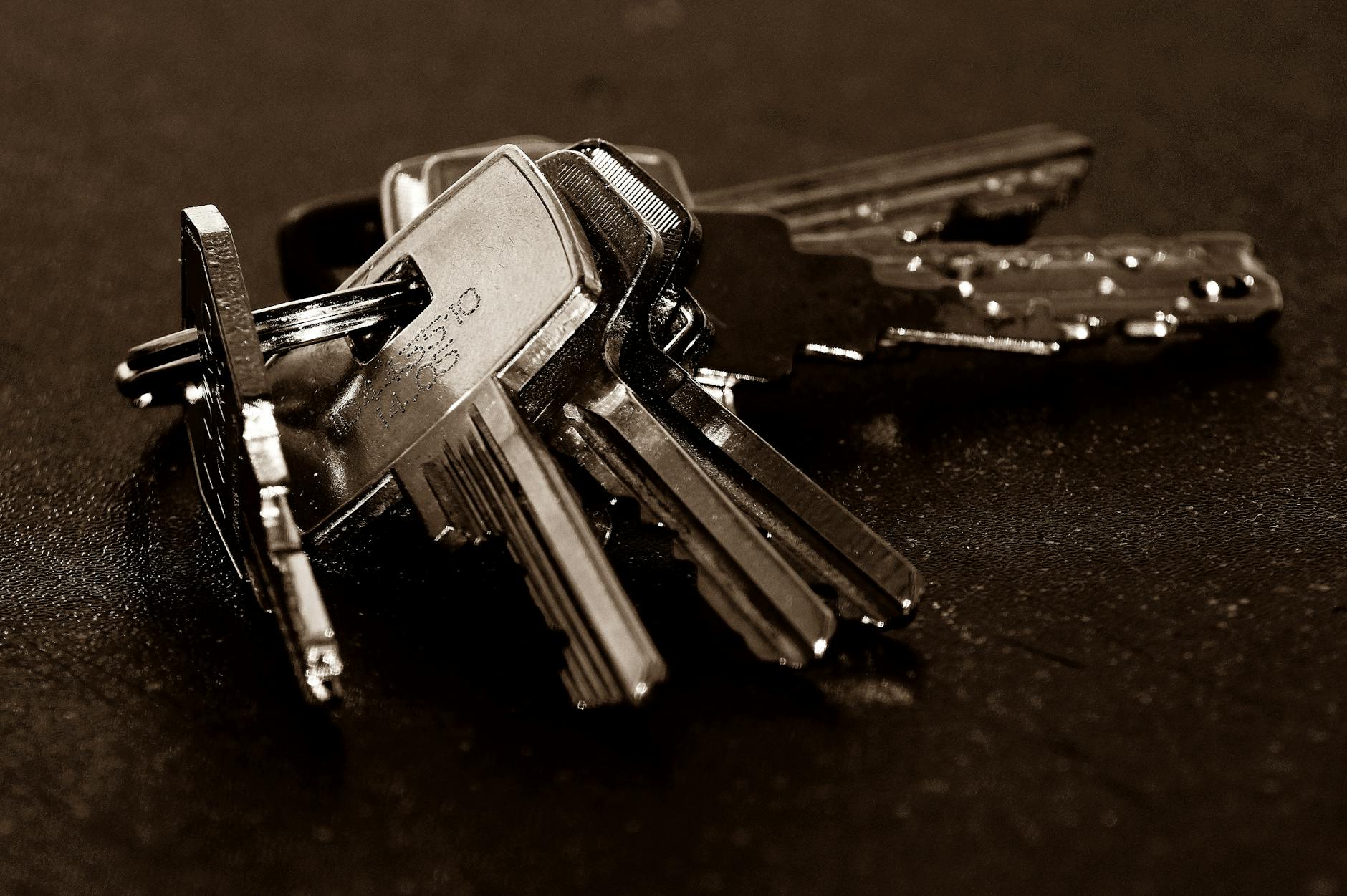In today’s interconnected world, ensuring the security of your home network is paramount, especially when multiple users are involved. Setting up a secure home network may seem like a daunting task, but with the right approach, it can be effortless. By implementing best practices and utilizing various tools and technologies, you can safeguard your network from potential threats and provide a safe online environment for all users.
Understanding the Importance of Secure Home Networks
Securing your home network is essential to protect your personal information, sensitive data, and devices from cyber threats. A secure home network not only safeguards your privacy but also prevents unauthorized access and ensures a seamless online experience for all users.
Choosing the Right Equipment for Secure Home Networks
To set up a secure home network for multiple users, you need the right equipment. Start by choosing a robust router with advanced security features, such as firewalls, encryption, and parental controls. Additionally, consider using strong passwords for your network and devices to prevent unauthorized access.
Implementing Encryption and Authentication Measures
Encrypting your data and setting up authentication measures are crucial steps in securing your home network. Enable WPA2 or WPA3 encryption on your router to encrypt the data transmitted between devices. Furthermore, implement strong authentication methods, such as two-factor authentication, to add an extra layer of security for user logins.
Creating Separate User Accounts and Guest Networks
To enhance security and privacy on your home network, consider creating separate user accounts for each member of your household. Assign unique login credentials to each user to control access to shared resources and prevent unauthorized use. Additionally, set up a guest network to isolate guest devices from your main network and protect your personal data.
Monitoring and Updating for Ongoing Security
Maintaining a secure home network requires regular monitoring and updates. Keep an eye on network activity, review logs for any suspicious behavior, and ensure that all devices are running the latest firmware and security patches. By staying proactive, you can identify and address potential security risks before they escalate.
Leveraging Security Software and Tools
Utilize security software and tools to enhance the protection of your home network. Install antivirus programs on all devices to detect and remove malware, and consider using a virtual private network (VPN) for secure and private internet browsing. Additionally, employ network monitoring tools to identify and mitigate security threats in real-time.
Conclusion
Setting up a secure home network for multiple users is a proactive step towards safeguarding your digital assets and ensuring a safe online environment. By following best practices, choosing the right equipment, implementing encryption and authentication measures, creating separate user accounts, and leveraging security software and tools, you can establish a robust defense against cyber threats. Stay vigilant, stay informed, and make security a top priority in your home network setup.



